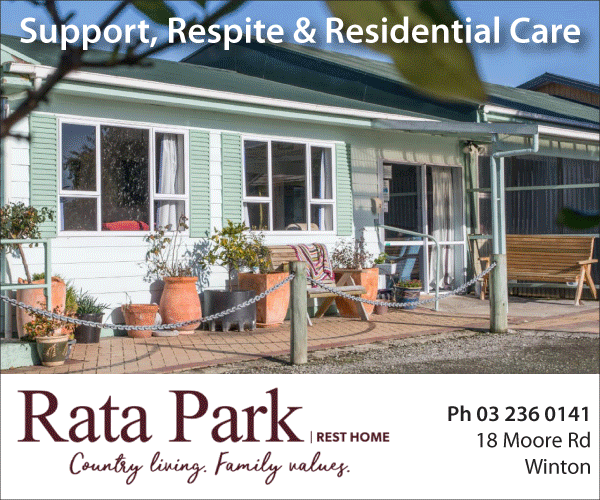Air quality improving in Invercargill and Gore
17 September 2021, 4:37 AM

Invercargill and Gore have recorded the best air quality results since records began.
In Gore, there were no occasions when the National Environmental Standards for Air Quality were exceeded, in the winter monitoring season from 1 May to 1 September.
There were three 'exceedances' in Invercargill, but that's still the city's best result since regular PM10 monitoring began there in 2009.
It's also the best result for Gore, since monitoring began in 2006. PM10 monitoring measures the amount of very fine particles (smaller than 10 microns) in the air.
Advertisement: Kennedy School of Music
Environment Southland air quality scientist Owen West says: "We know our results are affected by weather conditions and we have been lucky to have a relatively mild winter, but to see such good results after much higher exceedance numbers in 2020 is a really positive sign.
"We hope that we are starting to see the changes those within the community are making having a real impact – burning dry wood, upgrading to cleaner heating sources and being more aware of how they operate their burners."
Home heating is the biggest contributor to air pollution in Invercargill and Gore.
The Regional Air Plan includes rules to help improve air quality, with open fires now prohibited in the Invercargill and Gore 'airsheds'.
Advertisement: Rata Park Rest Home
Non-compliant burners are being progressively phased out and replaced with heat pumps or more efficient compliant fires.
Help is available for people within the Invercargill and Gore airsheds through the Clean Air Loans scheme to help them move to cleaner forms of heating.
Environment Southland also operates a Good Wood approved suppliers scheme which firewood retailers voluntarily agree to be part of.
For further information on the Clean Air Loans scheme, Good Wood suppliers and what else you can do to improve air quality, go to www.BreatheEasySouthland.co.nz.
FOOD | DRINK
AG | TRADES & SUPPLIES


